'Doctor Who' And The Sheer Power Of Women-Led Sci-Fi Franchises
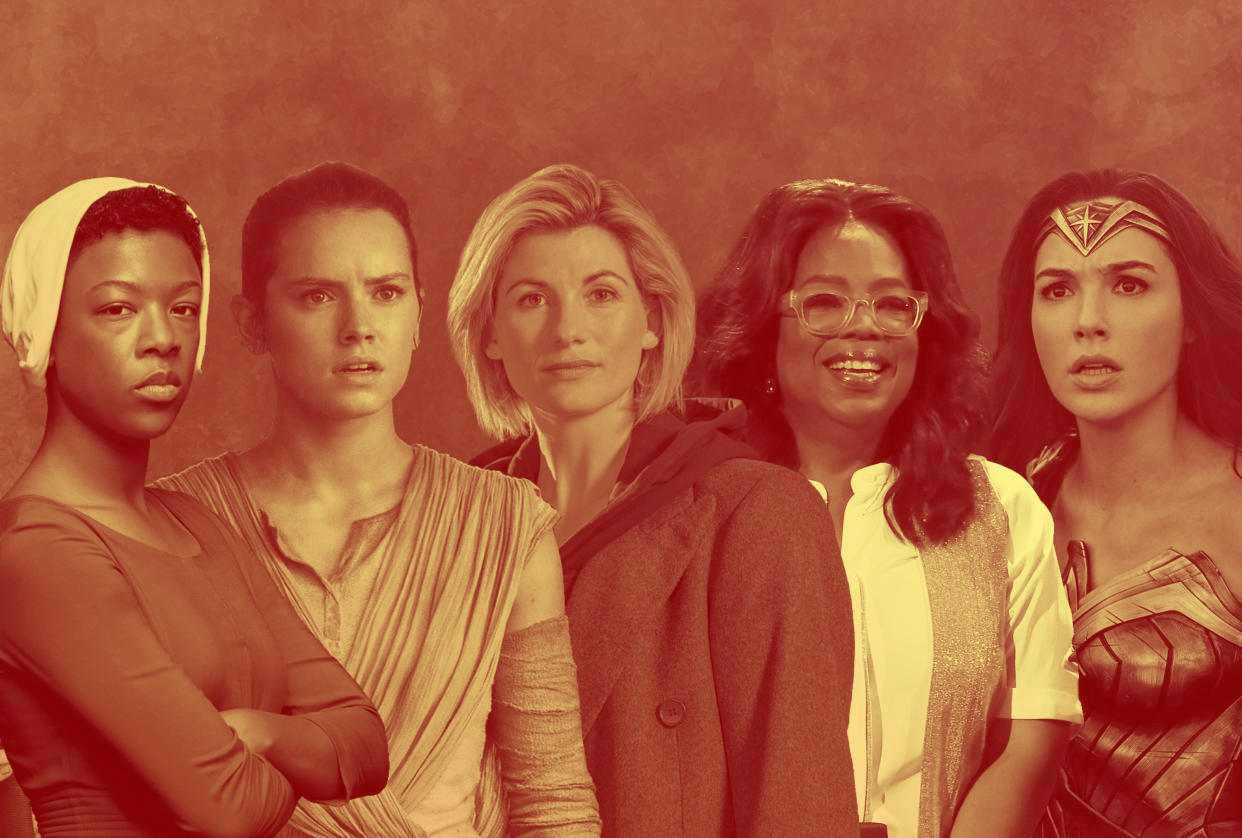
After 12 versions of a male-centric “Doctor Who,” BBC delivered some franchise-defying news this week: The show’s 13th leading Time Lord is a woman.
The response to Jodie Whittaker’s casting has been overwhelming. For a series that regularly switches out its central, quasi-immortal character for a new leading actor every few years or so, a certain amount of fandom ferocity was expected. But Whittaker’s announcement was different, because come December, she will be the 50-year-old franchise’s first female lead.
As expected, a certain amount of “furious sexist backlash” greeted Whittaker’s casting, as some uneasy fans balked at the prospect of a long-running male hero suddenly becoming a female one. (Never mind that the Doctor protagonist has switched physical identities a dozen times before this, or that the show itself reflects a fantasy, alien world with far more unbelievable scenarios.) Louder than the detractors, though, was a flood of genuinely ecstatic fans overjoyed by the series’ decision to shunt the usual casting type in favor of a bolder, history-defining decision. Videos of young girls screaming with joy upon seeing Whittaker’s face in BBC promos quickly went viral.
And it wasn’t just young girls who seemed genuinely enlivened by the announcement. Overall, “Doctor Who” ratings had been slipping under star Peter Capaldi, the 12th white man to take on the decades-old hero. A jolt of electricity had seemed necessary for some time. The best way to create one was to introduce something new into the “Who” series ― something guaranteed to satisfy a horde of followers waiting on the edge of their seats for a new anything to complicate their vastly interconnected sci-fi universe. But those young girls’ reactions bottled up the purest kind of response to Whittaker’s casting: After over 800 episodes filled with a male Doctor saving the world, we’re finally going to see a woman ― hailed as more clever than any being in existence, heretofore undefeated against all adversaries, infused with a kind of confidence that only comes with lifetimes of experience ― reigning supreme on the BBC.
When Rey (Daisy Ridley) first grabbed a lightsaber in “Star Wars: The Force Awakens,” unabashedly charging at Kylo Ren (Adam Driver) with a weapon viewers had seen only in the hands of men for years, fans watching felt similarly. When Wonder Woman (Gal Gadot) catapulted herself through a glass window having just finished cleaning up an entire fight scene on her own, superhero fans used to seeing men commanding battles felt similarly. When ghostbuster Jillian Holtzmann (Kate McKinnon) licked her gun before literally whipping a crowd of destructive ghosts into submission, fans felt similarly. Science fiction and fantasy are built on these kinds of fan reflexes: immersed in a story so far-fetched and extraordinary, we explode with goosebumps, butterflies and tears when moments of unmistakable humanity appear abruptly before us. We’re mesmerized by stories of limitless imagination, by the notion that anything is possible, but we’re often tethered to them by their characters, especially the ones that remind us of ourselves and our place in the world.
For decades, it’s been easier for straight, white men to find those characters, as Lukes and Captain Americas and Peter Venkmans stood at the center of profound scenes. When Whittaker brought down her hood to reveal the new face of “Doctor Who,” some women experienced that connection, too. Sci-fi and fantasy have surely had their fair shares of female characters before them (from “Alien” to “X-Files” to “Star Trek” to “Buffy”), but TV shows and movies like “Doctor Who,” “Star Wars,” “Wonder Women” and “Ghostbusters” are lately giving us something relatively new, if not under-explored until now: women-led sci-fi franchises.
When the trailer for Ava DuVernay’s “A Wrinkle in Time” debuted ― the same weekend as Whittaker’s casting announcement ― women, particularly women of color, had another reason to scream for joy. DuVernay took a familiar story, Madeleine L’Engle’s 1960s book about a young girl on an interplanetary adventure, and cast characters coded white in the source material as women of color ― Oprah Winfrey, Mindy Kaling, Storm Reid. “My whole process with this film was, what if?” the director told EW. “With these women, I wondered, could we make them women of different ages, body types, races? Could we bring in culture, bring in history in their costumes? And in the women themselves, could we just reflect a fuller breadth of femininity?” She has, if the movie turns into a franchise, four more adaptable L’Engle books in the series to explore this goal.
DuVernay’s focus on “what if” embraces so perfectly the potential for innovation built right into fantasy. It’s one of the elements that drives fans back to the genre, this idea that a boundless universe can help us explore questions reality has yet to answer. (One need only look at how effective Hulu’s women-led “Handmaid’s Tale” has been at driving the concept “what if” closer to the concept of “what now.”) But beyond that, DuVernay recognizes the power of humanity. She recognizes that representation ― the simple idea that every fan deserves to see themselves in characters on screen ― only deepens the connections people form with stories, which make up the very foundation upon which fandom is built.
Calls for expanded representation (including those for queer, trans, disabled people) are, in the end, just appeals to the boundaries of fandom: Let us in. We’ve been watching from the edges for a while now, but we’d like to fall into a world, headfirst and headstrong, the way you can. What you see as a continuity error, a divergence from canon that quakes your understanding of a fictional world, we see as a doorway in, something that you’ve had access to for years.
Whittaker’s casting, like Reid’s and Ridley’s and Gadot’s and McKinnon’s, is a doorway in. There should be more.

You can be highbrow. You can be lowbrow. But can you ever just be brow? Welcome to Middlebrow, a weekly examination of pop culture. Read more here.
Love HuffPost? Become a founding member of HuffPost Plus today.
Also on HuffPost:
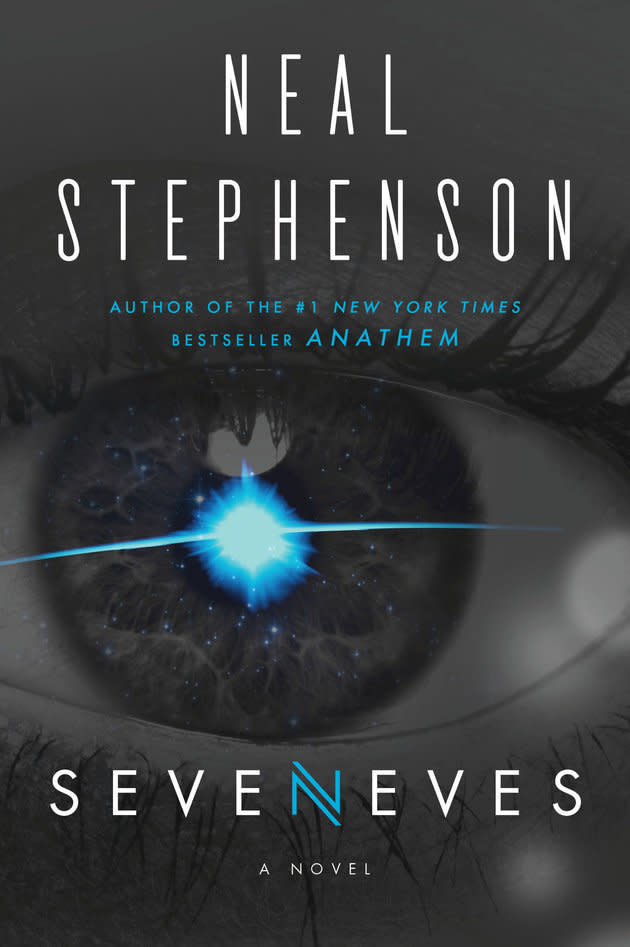
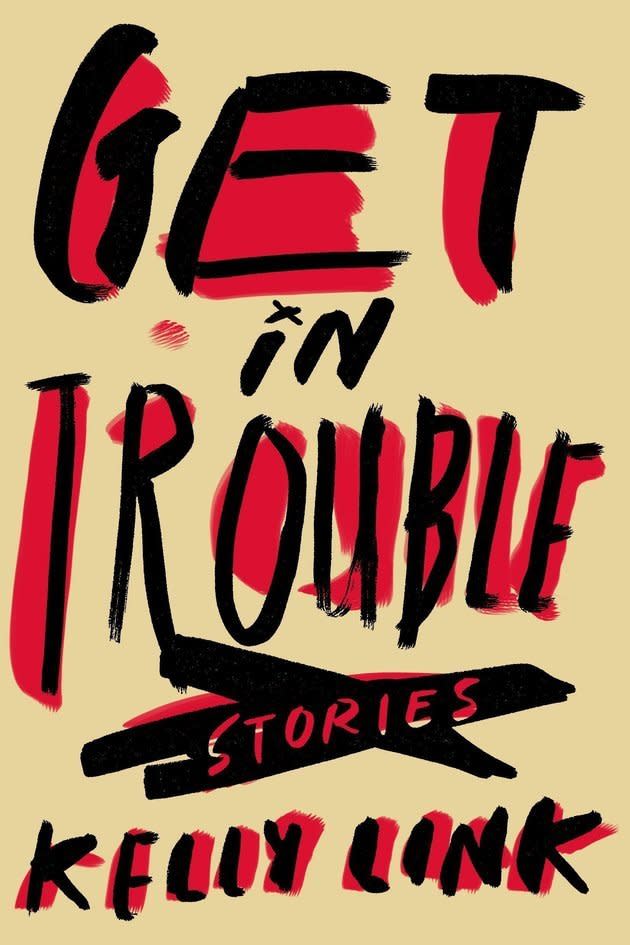
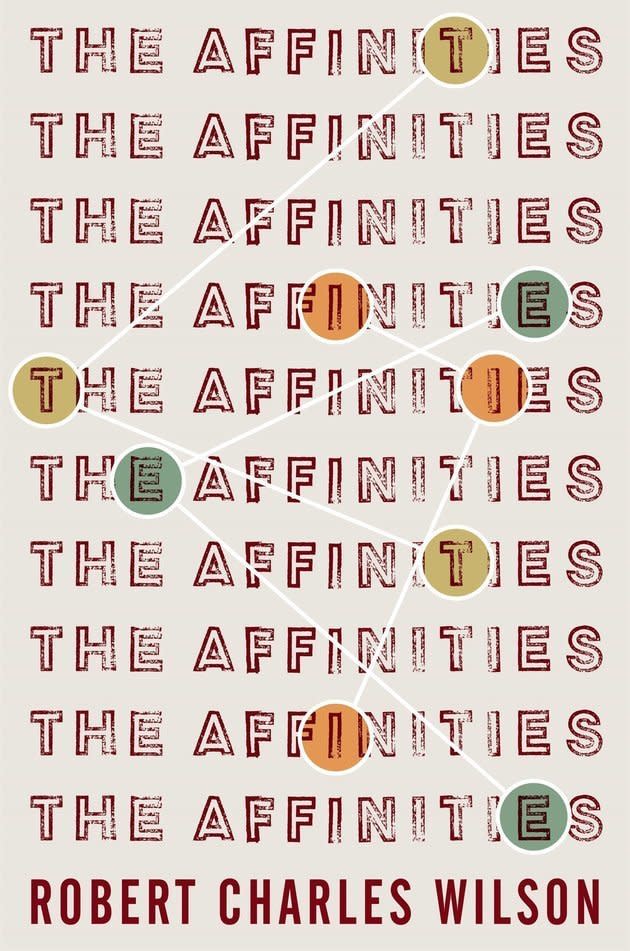
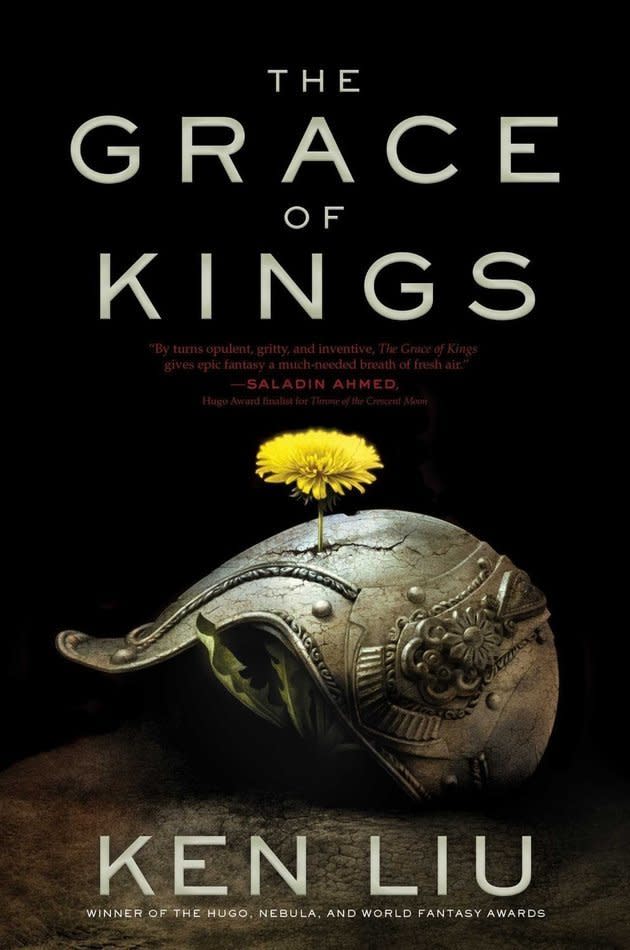
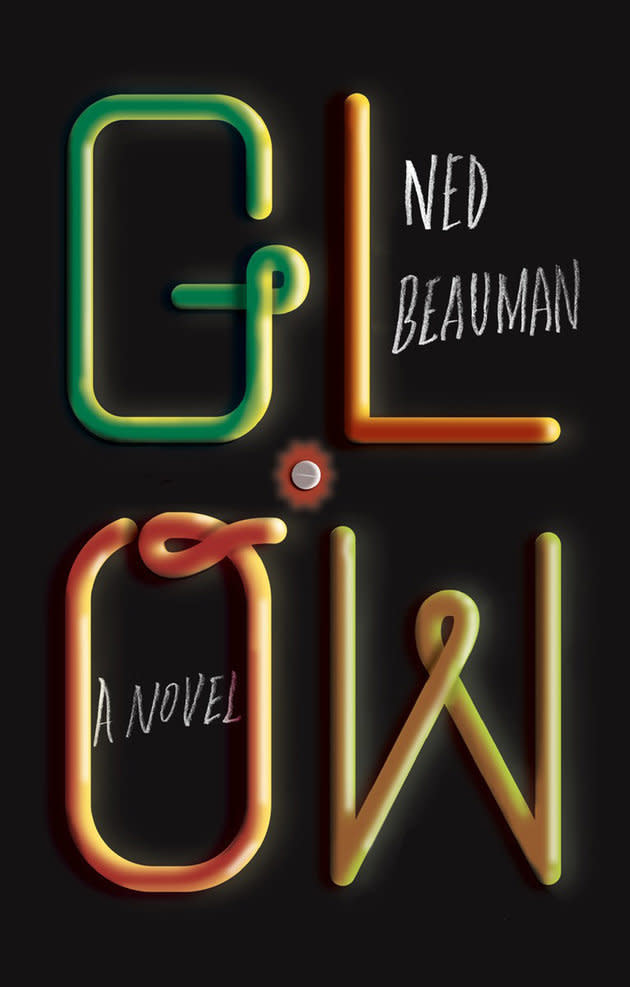
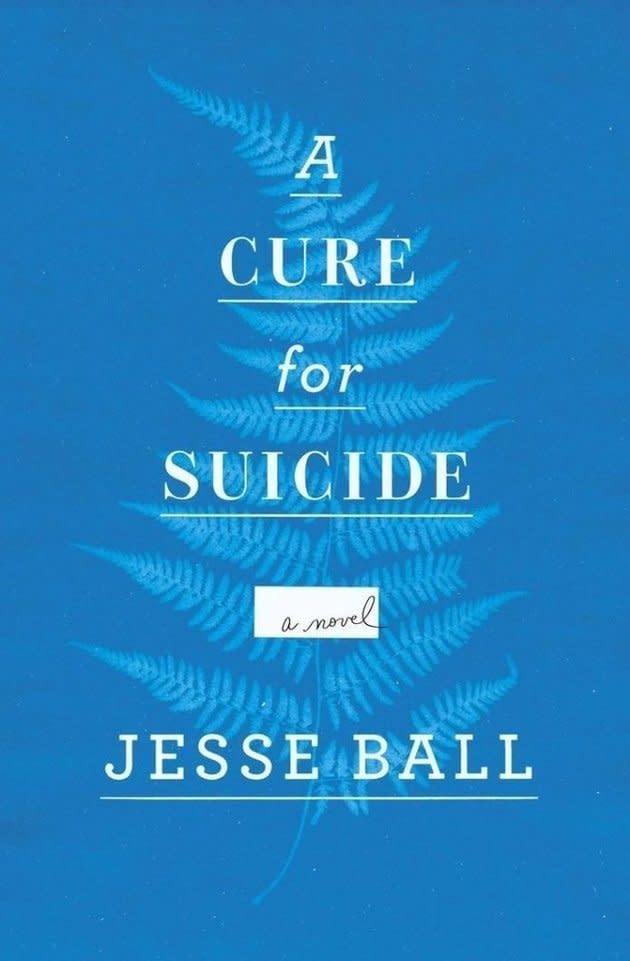
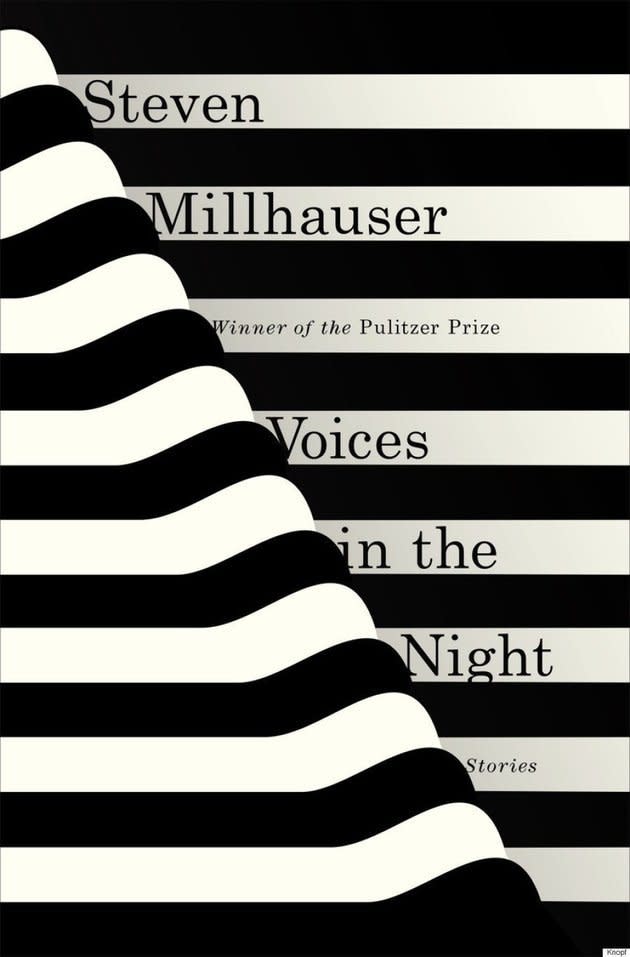

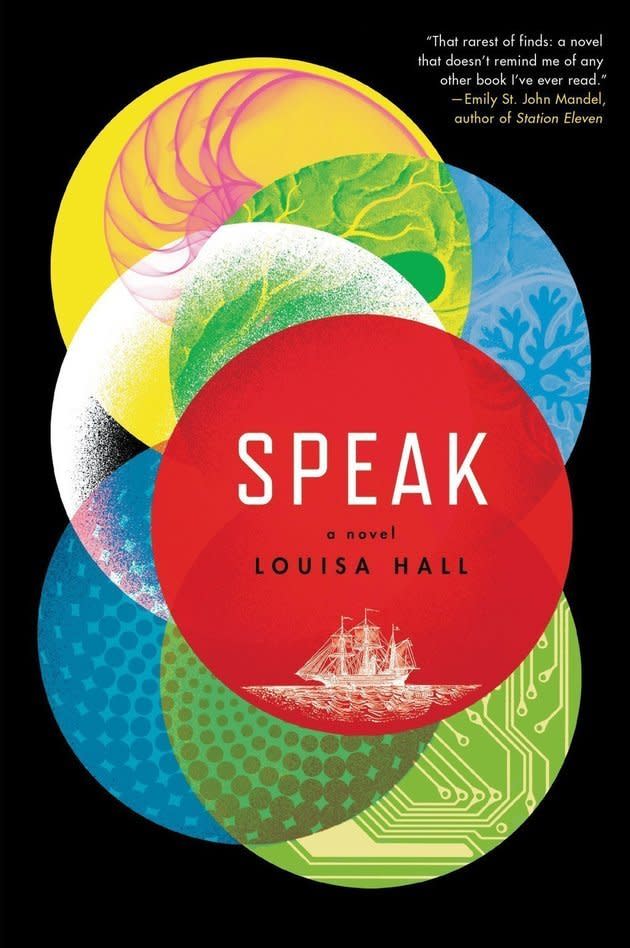
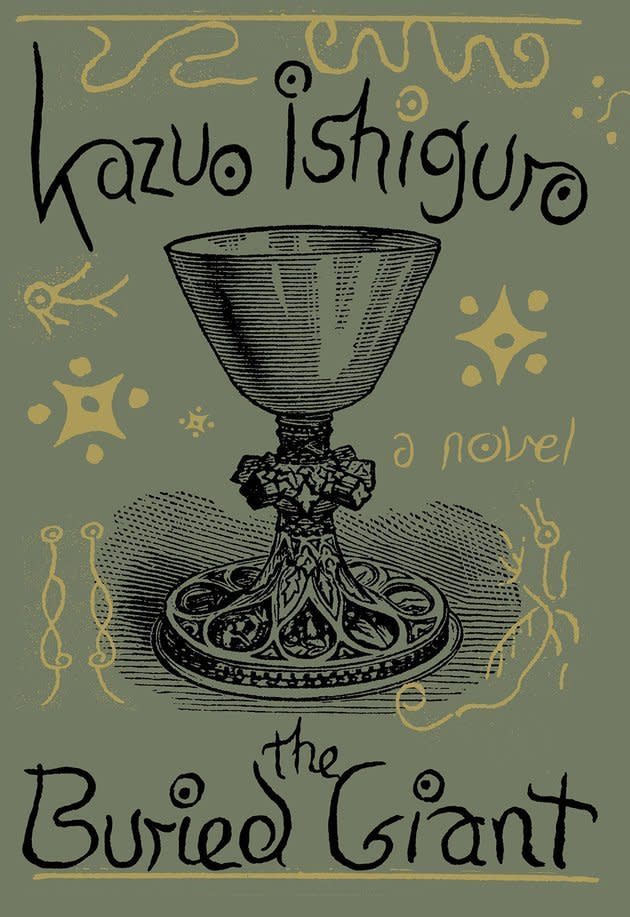
This article originally appeared on HuffPost.

